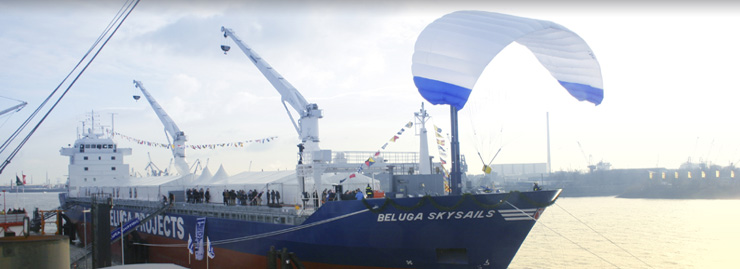
More bad news on the real costs of all the cheap goods that come our way from all over the world via the high seas. A leaked UN report says pollution from shipping is nearly three times higher than previously thought, and that annual emissions from the world’s merchant fleet have already reached nearly 4.5% of all global emissions of CO2. The report warns that shipping emissions are destined to become one of the largest single sources of manmade CO2 after cars, housing, agriculture, and industry. By comparison, the aviation industry, under heavy pressure to clean up its act, emits only half as much CO2, reports the Guardian:
The figure is highly embarrassing for the four governments, including Britain, that paid for the report. Governments and the EU have consistently played down the climate impact of shipping, saying it is less than 2% of global emissions and failing to include shipping emissions in their national estimates for CO2 emissions. Previous attempts by the industry to calculate levels of carbon emissions were largely based on the quantity of low grade fuel bought by shipowners. The latest UN figures are considered more accurate because they are based on the known engine size of the world’s ships, as well as the time they spend at sea and the amount of low grade fuel sold to shipowners. The UN report also reveals that other pollutants from shipping are rising even faster than CO2 emissions. Sulphur and soot emissions, which give rise to lung cancers, acid rain and respiratory problems are expected to rise more than 30% over the next 12 years.
Here’s a partial solution, at least, as reported by the BBC. The world’s first commercial cargo ship partially powered by a giant kite just sailed from Germany to Venezuela. The MS Beluga Skysails—seen in the photo above—carries a computer-controlled kite, measuring 160sq m (1,722sq ft), designed to cut fuel consumption by as much as 20%.
So, how about we accept cheap goods from abroad only if they come in under sail?
Julia Whitty is Mother Jones’ environmental correspondent and 2008 winner of the John Burroughs Medal Award. You can read from her new book, The Fragile Edge, and other writings, here.
















